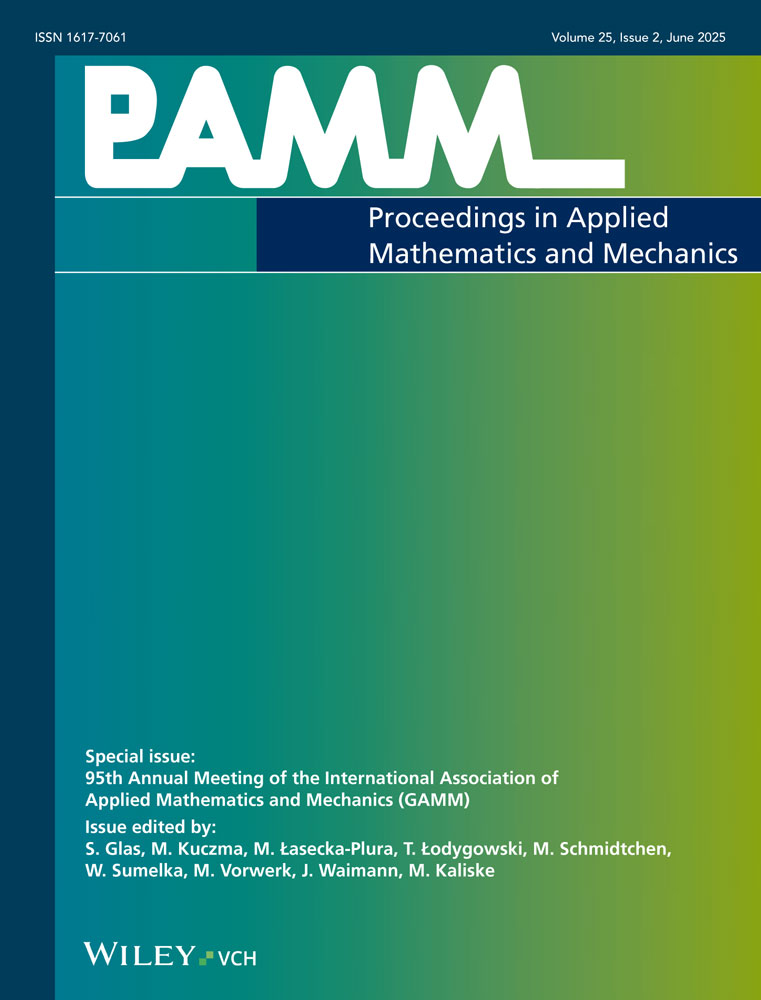Thermomechanical contact of rubber-like solids on rough surfaces
Abstract
The contact between tires and the rough road surface is characterized by large local deformations of the tread rubber at high frequency, which result from the penetration of the tread blocks by the highest asperities. These deformations have an influence on the overall performance of tires regarding rolling resistance, sustainability as well as noise radiation. As the mechanical behavior of rubber compounds is strongly rate dependent these deformations cause local energy dissipation. The induced temperature increase affects the mechanical properties of the rubber. A description of the interdependence of mechanical and thermal behavior requires the solution of a coupled problem.
In this contribution the tread rubber compound is modeled with an incompressible, thermo-visco-elastic constitutive law in the regime of finite deformations taking into account internal friction and the Gough-Joule effect. The thermomechanical coupling is treated with the isothermal operator split scheme. Here, the mechanical subproblem is solved in a first phase at a constant temperature. Within this phase, the rough surface contact problem of the tread block with the road is treated. The road surface is a representation of a measured real road texture, which has been obtained by applying the fast Fourier transform. In the subsequent thermal phase the heat conduction problem is solved. Here, the mechanical dissipation within the bulk material acts as a heat source. The developed algorithm is applied for a detailed study on the thermomechanical effects occurring in the tire-road contact interface. (© 2014 Wiley-VCH Verlag GmbH & Co. KGaA, Weinheim)




